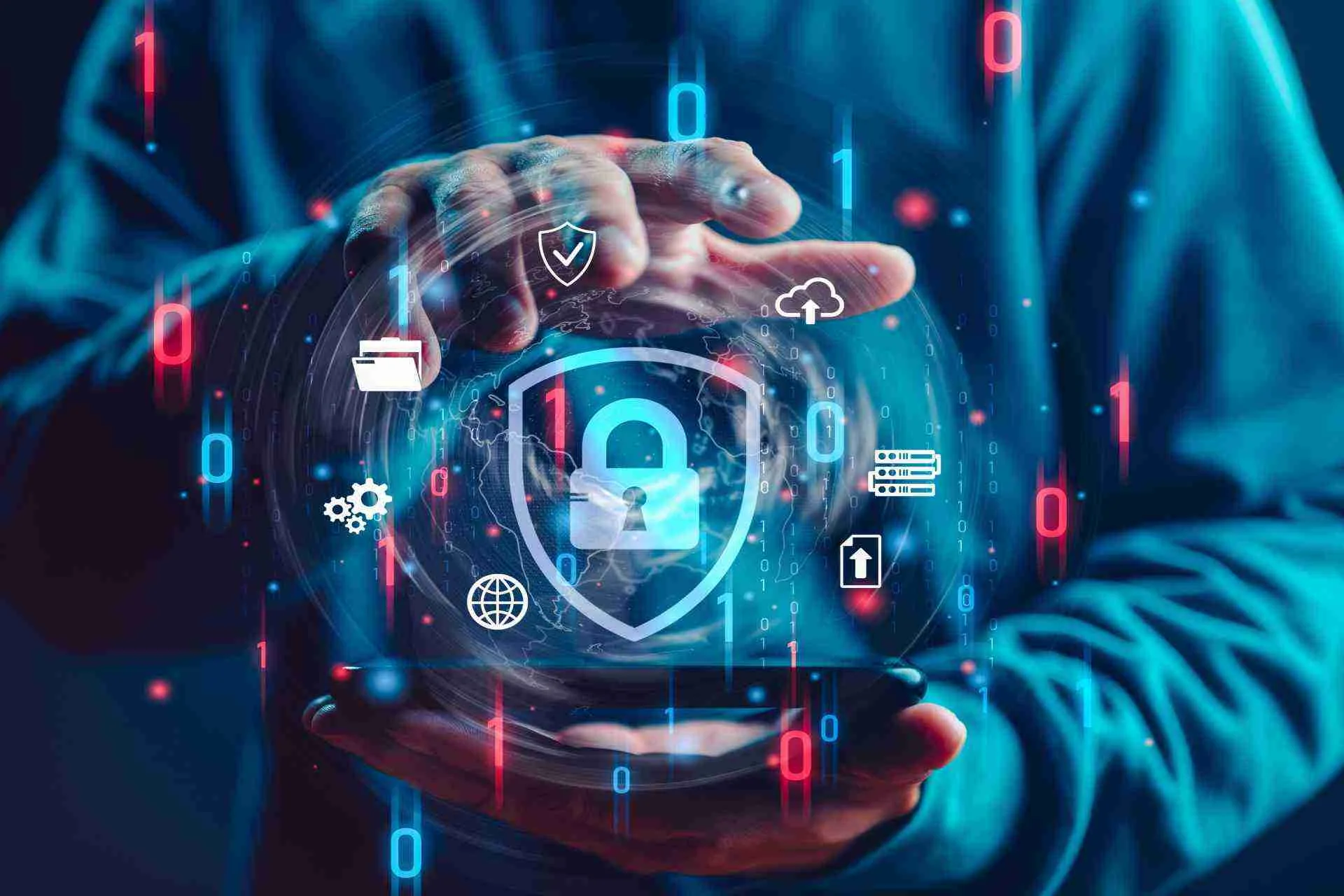In today’s rapidly changing and increasingly complex business environment, organizations are constantly seeking innovative ways to enhance employee training and development. One of the most promising emerging solutions is adaptive learning technology. This approach, which uses advanced algorithms to personalize the learning experience based on individual employee needs, is revolutionizing corporate training programs.
What is Adaptive Learning?
Adaptive learning is a teaching method that leverages technology to tailor educational content to the skills, knowledge, and preferences of each individual. By utilizing data analysis and artificial intelligence, adaptive learning platforms continuously monitor user performance, identify learning gaps, and dynamically adjust the training path to address those needs.
Benefits of Adaptive Learning in Corporate Training
1. Personalized Learning Experience
One of the primary benefits of adaptive learning is its ability to offer a highly personalized learning experience. Each employee receives training content that addresses their specific needs, enhancing the effectiveness and efficiency of the training process.
2. Increased Employee Engagement
Adaptive learning makes the training process more engaging. Since the content is relevant and pertinent to the user, employees are more motivated to complete courses and actively participate in training activities.
3. Improved Knowledge Retention
Personalized content not only increases engagement but also improves knowledge retention. Employees learn at a pace that matches their capabilities, ensuring a deeper and more lasting understanding of the subjects covered.
4. Continuous and Targeted Feedback
Adaptive learning platforms provide real-time feedback, helping employees understand and correct their mistakes immediately. This incremental approach promotes continuous and targeted learning.
5. Cost and Time Efficiency
Adaptive learning can significantly reduce the costs and time associated with traditional training methods. Training programs can be delivered more quickly and with less impact on organizational resources.
Implementing Adaptive Learning Technologies
1. Assess Training Needs
The first step in implementing an adaptive learning solution is to understand the organization’s training needs. This involves evaluating the current skills of employees and identifying areas where improvement is needed.
2. Choose the Right Platform
There are several adaptive learning platforms available, each with specific features and functionalities. Choosing the right platform depends on the organization’s needs, budget, and specific technical requirements.
3. Integrate with Existing Systems
To maximize the effectiveness of adaptive learning, it is important that the chosen platform integrates seamlessly with existing corporate systems, such as Learning Management Systems (LMS) and other human resource management solutions.
4. Monitor and Evaluate Results
Once the solution is implemented, it is crucial to monitor and evaluate the results. This allows for any necessary adjustments and optimizations to the training program, ensuring it continues to meet the needs of employees and the organization effectively.
Implementing adaptive learning technologies represents a tremendous opportunity for companies looking to enhance their employee training and development programs. With the personalization of content, increased employee engagement, and greater cost and time efficiency, adaptive learning can transform how organizations train and develop their human resources. In an increasingly complex and competitive business world, investing in adaptive learning solutions is a strategic choice for long-term success.







